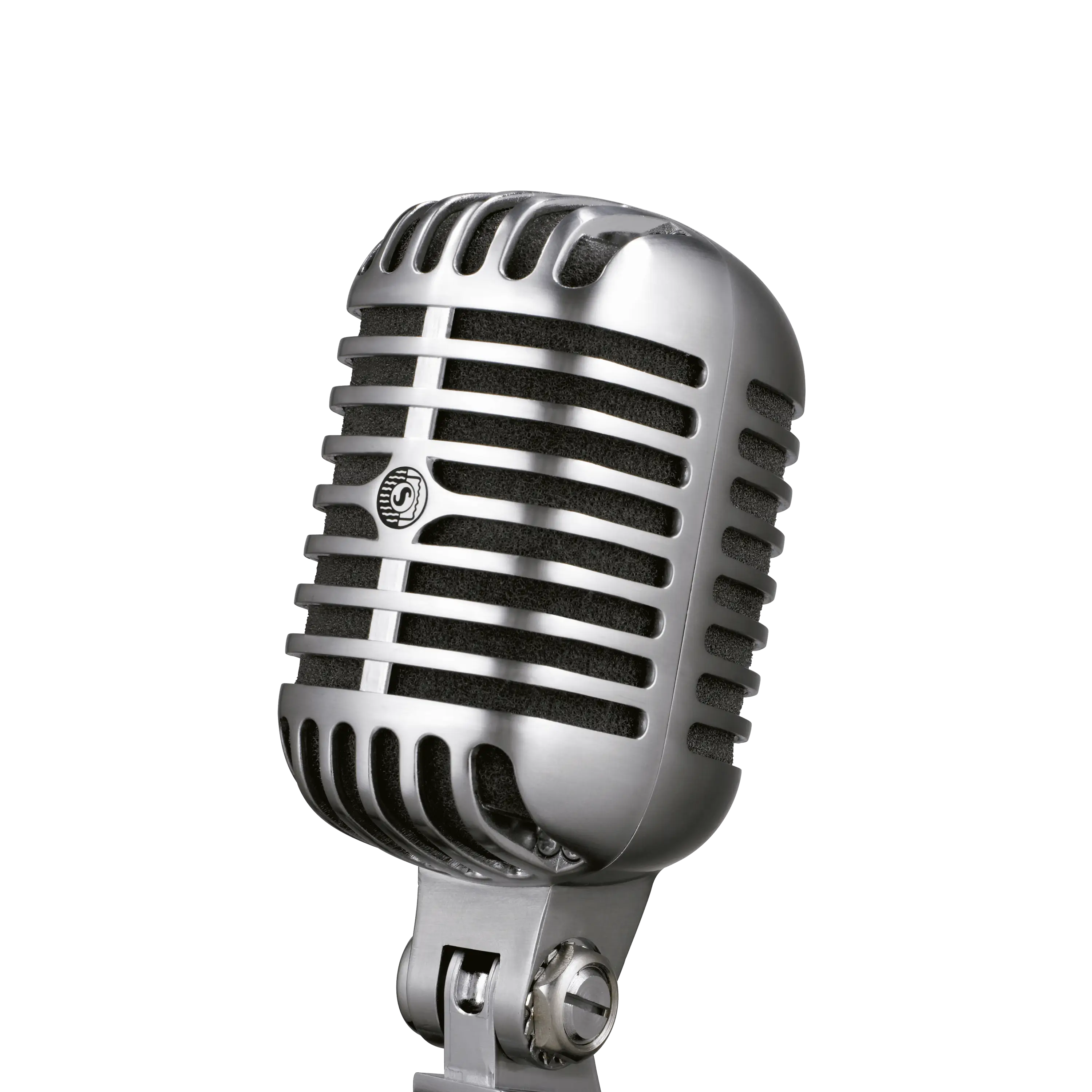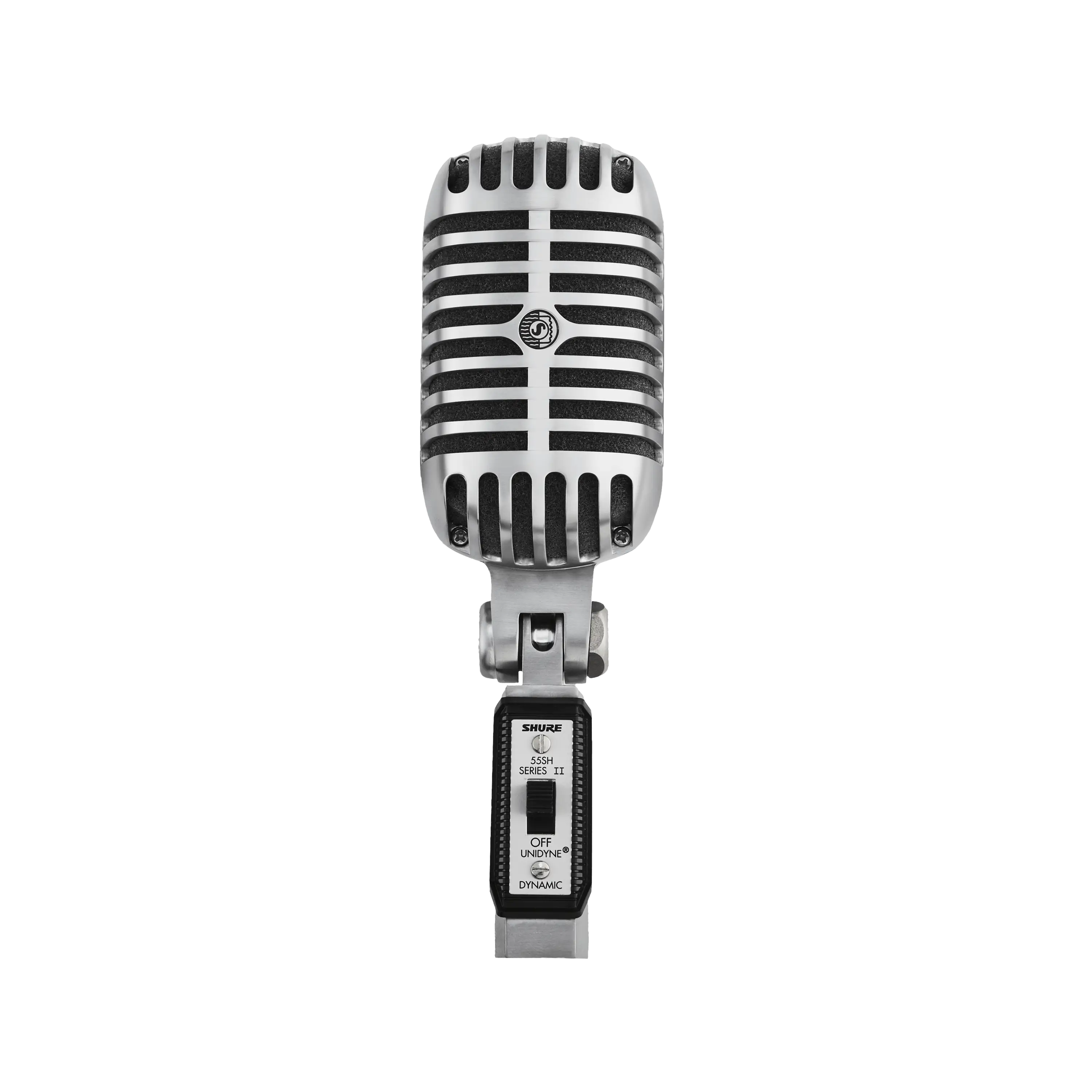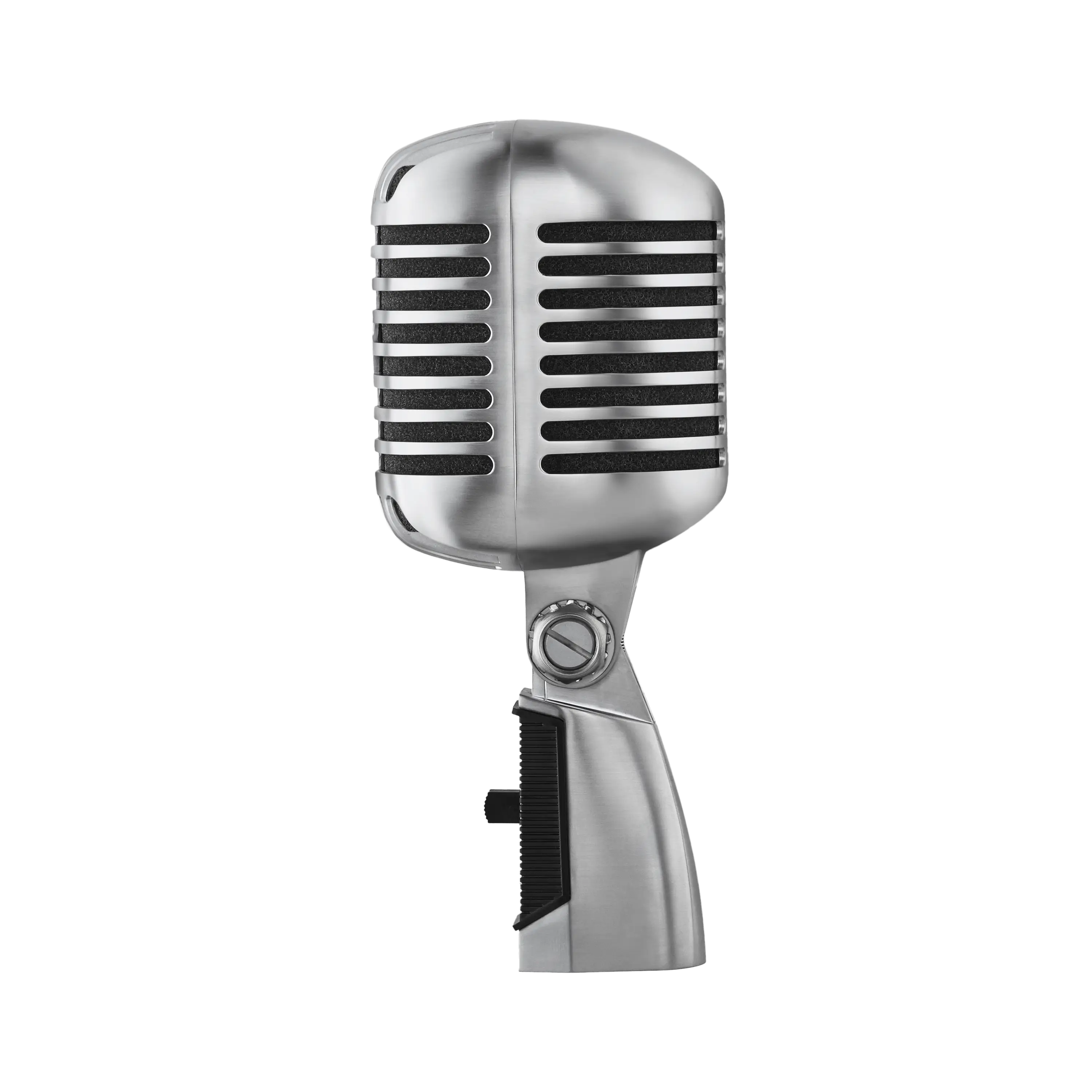Shure, Oppenheimer and the Manhattan Project

World War II was one of the most significant conflicts in recorded history, spanning from 1939 to 1945. Triggered by the aggressive expansionism of Nazi Germany under Adolf Hitler, the fascism of Benito Mussolini, and the militaristic ambitions of Imperial Japan, the war left in its path unprecedented levels of destruction and loss of life. It also ushered in a new world of technological innovation.
One of the most significant developments during World War II was the Manhattan Project, a top-secret research and development project undertaken by the United States with the support of the United Kingdom and Canada. The Manhattan Project aimed to develop the atomic bomb, a weapon of unrivaled destructive power, before Nazi Germany could achieve the same goal.
The biopic Oppenheimer, which just won Best Picture at the 2024 Academy Awards, has piqued interest in the Manhattan Project, the labs at Los Alamos, the Trinity test, and the complex personalities responsible for creating the atomic bomb. In this post, we connect Shure microphones to the beginnings of the nuclear age.
The film, starring Cillian Murphy as the theoretical physicist Dr. J. Robert Oppenheimer, uses era-appropriate microphones in the scene at the top of this page. Murphy as Oppenheimer stands in front of a podium featuring a Shure Model 508 ribbon mic [left] and a Unidyne I Model 55 [right.] The middle mic is a moving coil Model U9S from the Turner Microphone Company, Cedar Rapids, Iowa. (Photo by Melinda Sue Gordon/Universal Pic - © Universal Pictures. All Rights Reserved.)
Shure Goes to War
When the United States entered World War II, Shure became one of the prime suppliers of military acoustical transducers (microphones and headphones).
Shure products were used by all branches of the US military, plus the British and Russian forces. The demand for Shure products was so great that the number of Shure employees increased ten-fold and manufacturing lines often operated 16 hours a day to keep up with demand. In fact, Allied Forces relied so heavily on acoustic devices manufactured by Shure that employees who volunteered for active military duty were turned down.

Shure Microphones at Manhattan Project Locations
During World War Two, Shure microphones and military headphones were widely deployed at home and abroad for two-way radio, intercom, direct-to-disc recording, broadcasting, and public address.
Commercially available Shure mics were also called into duty at the three stateside Manhattan Project locations: Los Alamos, New Mexico; Oak Ridge, Tennessee; and Hanford, Washington. Due to the top-secret nature of these locations, archival photos are scarce.
Unidyne I Model 55
In 1939, the original Unidyne became the first in the 55 Series of microphones. Using the Shure “Uniphase” acoustical system developed by Microphone Engineer Ben Bauer, the Model 55 was marketed for broadcast, public address, recording, and two-way radio applications. It reduced the problems of feedback, background noise, and reverberation and soon became a favorite among singers, entertainers, and public speakers.
Sleek in design, the silhouette of the Model 55 has become synonymous with the word “microphone.” The Unidyne Model 55 evolved into the Unidyne II and then the Unidyne III; the ubiquitous SM57 and SM58 microphones are members of the Unidyne III family. The following two photos show the Unidyne Model 55 in action.


Model 70H
In 1935, Shure offered the company’s first crystal microphones – the Model 70, the Model 71, and variations of these units.
Crystal microphones were popular in many of the same applications as the carbon mics that Shure first offered in 1932 – public address, broadcast, and recording applications. Unlike carbon mics, crystal microphones didn’t require an external power source and offered a wider frequency response. But they weren’t as rugged. The piezoelectric Rochelle salt crystals were prey to heat, moisture, and humidity. Crystal mics were eventually replaced by moving coil dynamics and electret condensers.

Unidyne III Model 545
In the 1960s, Dr. Oppenheimer, by then considered “the father of the atomic bomb,” frequently addressed scientific conferences. The photo above shows him at an American Physical Society press conference in New York City using a Unidyne III Model 545 microphone.
The Model 545, introduced in 1959, featured the Unidyne III element that revolutionized the pro audio world. The Unidyne III Model 545 was the first Shure unidirectional model where the user spoke into the end of the microphone. The result was vastly improved gain-before-feedback in sound reinforcement systems and wide acceptance on lecterns and concert stages. A close cousin of the SM58, it remains available as the 545SD today.

Two Degrees of Separation
There was a personal connection between the Manhattan Project and S.N. Shure through his brother-in-law, Harold Laufman.
In 1923, Sidney N. Shure graduated from the University of Chicago with a BA degree in Geography. He opened the Shure Radio Company in 1925 and married Frances Laufman four years later. Her brother Harold, also a University of Chicago graduate and eventually a decorated war veteran, vascular surgeon, violinist, author, artist, and professor, offered this memory of his Hyde Park neighbors in the early 1940s.
“On the second floor of our Blackstone Avenue apartment building lived Enrico Fermi and Mrs. Fermi. He joined other world-famous physicists to form the Institute for Nuclear Studies that included Cyril Smith, the chief metallurgist at Los Alamos, and Samuel Allison. During the war, Allison was a consultant to the National Defense Research Council and later became the director of the University of Chicago laboratory that achieved the first controlled release of nuclear energy. Sam Allison was our third-floor neighbor.”
“Despite the great worldwide fame of my two neighbors, we would meet, chat, and often take after-dinner walks as a threesome along the University of Chicago Midway at dusk.” Their encounters sometimes included Harold’s small children, Dionne and Laurien. Fermi, known for his sunny disposition and sense of humor, was delighted by the children, especially Laurien. In his autobiography “One Man’s Century”, Dr. Laufman noted: “Not every infant can claim to have played with a Nobel Prize winner.”
Nearly 100 Years of Milestones
As a leading microphone manufacturer with a legacy that dates back almost a century, Shure has borne witness to some of the most important events of our times. From Pearl Harbor to Woodstock to outer space, Shure products have delivered the sounds of history and culture to the world.













